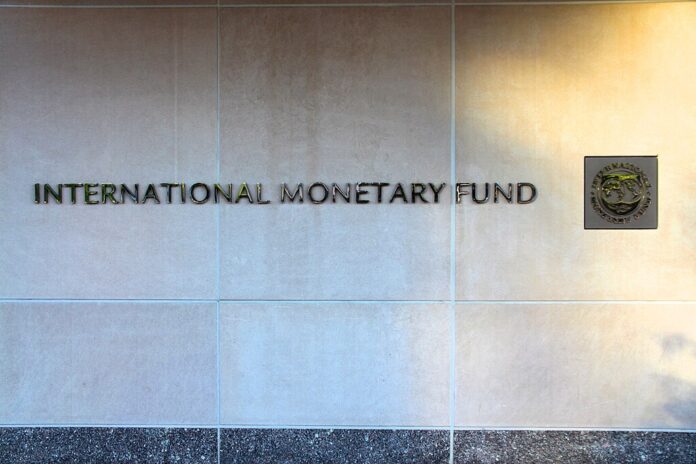Despite additional IMF and UAE inflows, total financing for fiscal year 2023-24 reaches $13.804 billion, falling short of the annual target
In fiscal year 2023-24, Pakistan’s borrowing from various financing sources totalled $9.811 billion, significantly short of the annual target of $17.619 billion. The discrepancy highlights the country’s ongoing financial challenges and dependence on international aid to bridge the funding gap.
The fiscal shortfall becomes clearer when adding inflows from the International Monetary Fund (IMF) and the UAE. Including these, the total inflows amount to $13.804 billion, still below the target of $17.619 billion. This total includes $3 billion from the IMF’s Stand-By Arrangement (SBA) and $1 billion from the UAE, although these figures were not fully reflected in the Economic Affairs Division (EAD) data.
Embed from Getty ImagesDuring June 2024, Pakistan received $2.257 billion in inflows compared to $2.231 million in June 2023. Notably, $999.04 million of this came from foreign commercial banks. The government’s initial plan for FY24 included borrowing $2.4 billion from the IMF and $4.5 billion from foreign commercial banks, but only $999.04 million was actually received from the latter, specifically from the China Development Bank. Additionally, the planned issuance of bonds, expected to raise $1.5 billion, did not materialize.
The fiscal year saw a mixed bag of disbursements from various sources. Pakistan secured $1.104 billion through the “Naya Pakistan Certificate” and received $4.279 billion from multilateral institutions and $919.43 million from bilateral sources. Non-project aid amounted to $6.777 billion, with $5.583 billion allocated for budgetary support. Project aid stood at $3.033 billion.
China contributed $508.34 million for the JF-17 B project and an additional $69.14 million, while the Asian Development Bank (ADB) provided $1.327 billion against a budgeted $2.086 billion. Saudi Arabia’s disbursements included $595.18 million for oil facilities and an extra $66.29 million. The USA, Korea, and France contributed $40.18 million, $35.64 million, and $49.57 million respectively.
Other contributions included $1.922 billion from the International Development Association (IDA), falling short of the $1.489 billion target, and $295.87 million from the International Bank for Reconstruction and Development (IBRD) against a target of $840.36 million. The Islamic Development Bank (IsDB) disbursed $250 million, and the Asian Infrastructure Investment Bank (AIIB) provided $344.99 million. The International Fund for Agricultural Development (IFAD) disbursed $42.43 million, slightly below its target.
Analysis:
Political: The shortfall in borrowing targets reflects broader political and economic instability in Pakistan. The inability to meet financing goals highlights challenges in economic management and foreign relations. The reliance on international aid underscores the political struggle to maintain fiscal stability amid domestic and international pressures.
Social: The financial shortfall impacts social programs and public services, potentially leading to reduced spending on essential services such as health and education. The inability to meet borrowing targets may affect public welfare and social stability, exacerbating existing socio-economic disparities.
Economic: Economically, the shortfall points to difficulties in achieving financial sustainability and attracting sufficient international investment. The failure to issue planned bonds and lower-than-expected contributions from foreign banks and investors reflect economic uncertainty and investor hesitation. The reduced inflows affect Pakistan’s ability to support its development projects and manage budgetary deficits effectively.
Racial: While not directly related to racial issues, the economic strain can disproportionately affect marginalized communities. Economic shortfalls often lead to cuts in social programs that benefit disadvantaged groups, potentially widening existing inequalities.
Gender: The economic challenges and borrowing shortfall can have gendered implications. Women, often more affected by economic instability, may face greater hardships due to reduced social spending. The economic strain can lead to job losses and reduced access to essential services, disproportionately impacting women and children.
